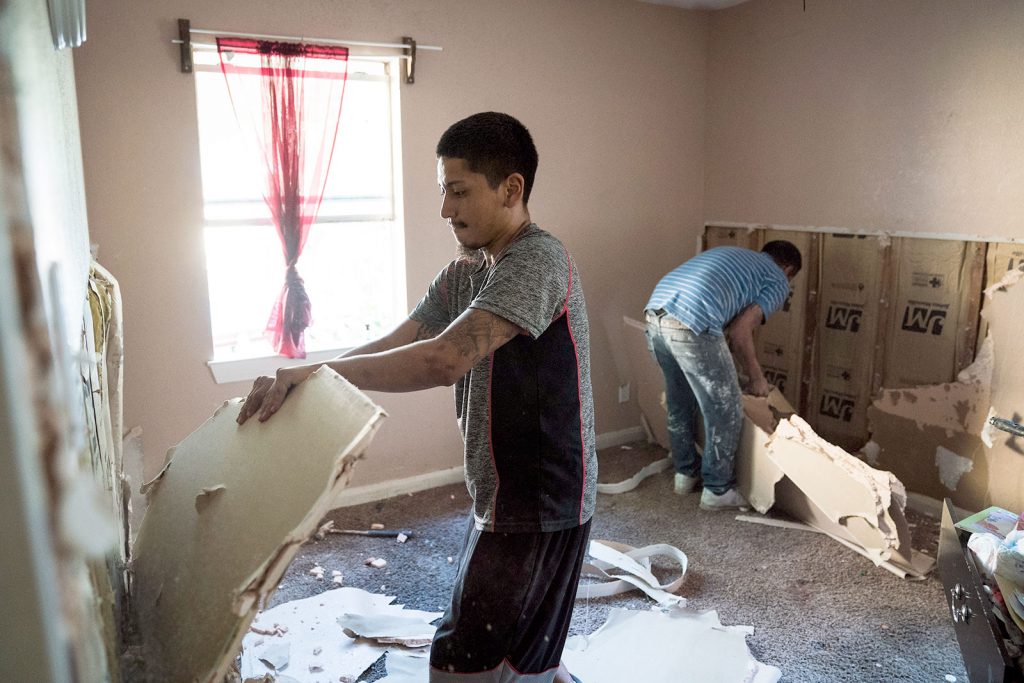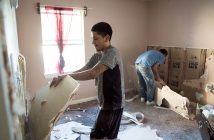Thorough drying out is top priority before repairing flood-damaged homes, according to new guidelines from BRANZ

The guidelines provide advice for staying safe and cleaning up (inside and out) in the immediate aftermath of a flood. They stress the critical importance of thoroughly drying out an affected property before any repair or reconstruction work begins.
Problems can arise later if repair work begins while moisture is still present, BRANZ Senior Materials Scientist, Kathryn Stokes says. These include mould formation, deteriorating structural materials and poor finishes on repaired surfaces.
“Thorough drying should include eliminating water trapped in concealed places such as in cupboards, under stairs, in wall cavities and behind skirting boards,” Stokes says.
“Importantly, it should also include locating and removing moisture in timber framing joints and base plate connections, which don’t easily facilitate air flow for drying.”
Heaters, fans and dehumidifiers can help the drying process.
The guidelines describe methods for cleaning and drying different materials, including floor coverings, timber and concrete. They also note materials, such as plasterboard and insulation, that don’t tolerate water exposure and will need to be replaced.
BRANZ notes that if flood damage necessitates major reconstruction of timber-framed houses built before current timber treatment requirements were in place (e.g., those constructed during the 1990s), an opportunity exists to upgrade the timber to current H1.2 specifications.
“Even if it is a partial or supplementary upgrade, this will benefit the long-term integrity of the home,” Stokes says.
All repairs must comply with relevant building regulations and some – particularly where structural elements are affected – will require a consent. It is recommended that homeowners check with their local Building Consenting Authority (usually the local Council) before starting any repair work.
A multi-faceted, science-led organisation, BRANZ uses independent research, systems knowledge and its broad networks to identify practical solutions that improve New Zealand’s building system performance. BRANZ is driven by the knowledge that to thrive as a society, New Zealanders need a built environment that is safe, healthy and performs well.




